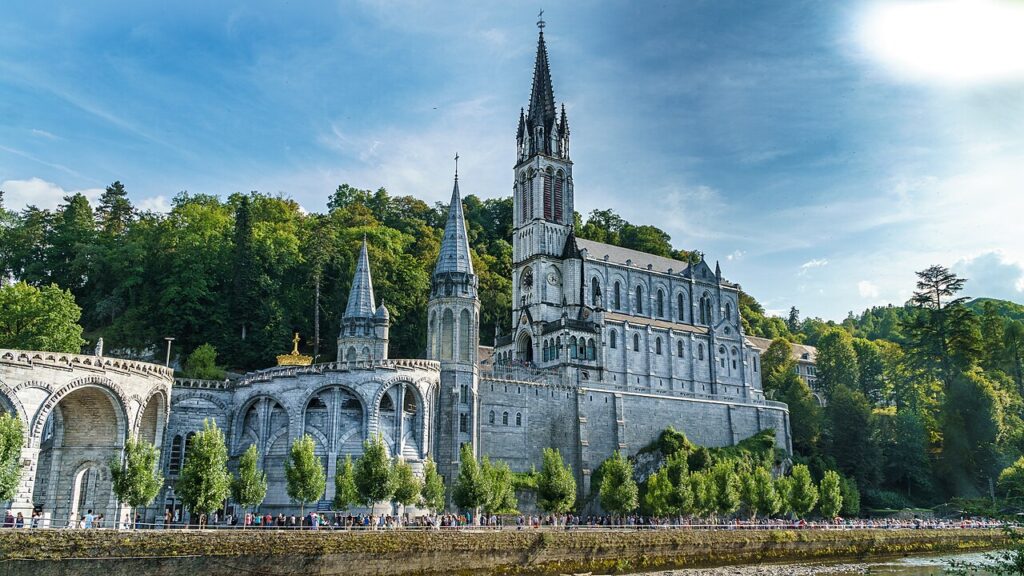 Development of Pilgrimage Routes
Development of Pilgrimage Routes
Medieval pilgrimage routes, such as the Camino de Santiago in Spain and the Via Francigena in Italy, were essential pathways for religious devotion and cultural exchange. These routes connected major religious sites and attracted pilgrims from diverse regions, facilitating the flow of people, ideas, and goods. Pilgrims traveled these routes to seek spiritual merit, fulfill vows, or experience religious relics and sites.
Impact on Local Economies
The influx of pilgrims along these routes had a significant impact on local economies. Towns and villages along pilgrimage paths benefited from the presence of travelers, leading to the development of inns, markets, and religious institutions. This economic activity supported local artisans, merchants, and communities, contributing to the growth and prosperity of these regions.
Cultural and Artistic Exchange
Pilgrimage routes also facilitated cultural and artistic exchange. Pilgrims brought with them diverse cultural practices, artistic styles, and ideas that influenced the regions they visited. The construction of churches, shrines, and monuments along these routes often reflected a blend of architectural and artistic traditions. This exchange enriched the cultural heritage of medieval Europe and contributed to the spread of artistic innovations.
Conclusion
Medieval pilgrimage routes were more than just pathways for religious devotion; they were channels for cultural and economic exchange. Their role in connecting communities and facilitating the flow of people and ideas highlights their importance in the cultural and economic landscape of medieval Europe.
 Expansion of Trade Routes
Expansion of Trade Routes